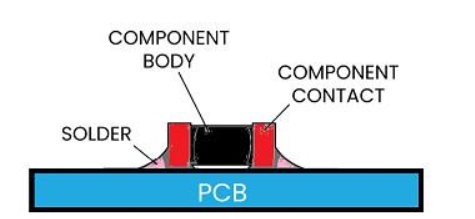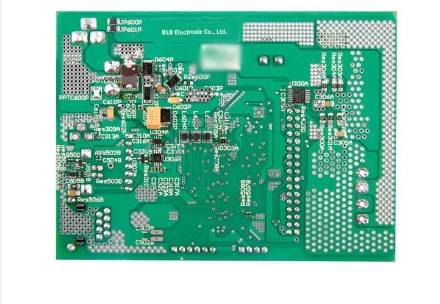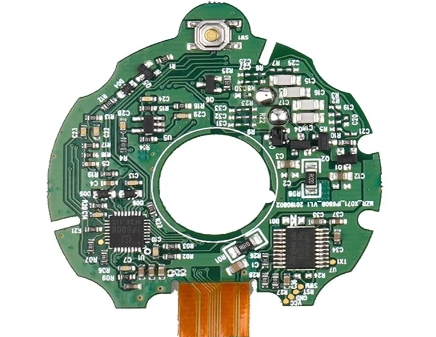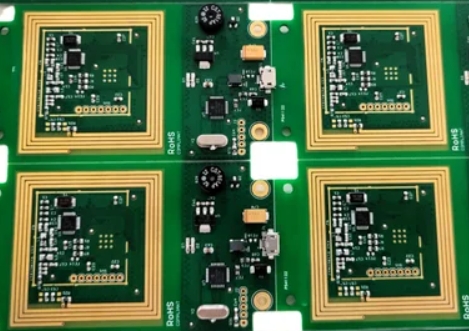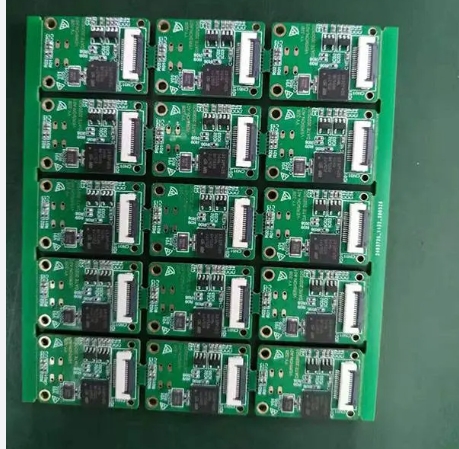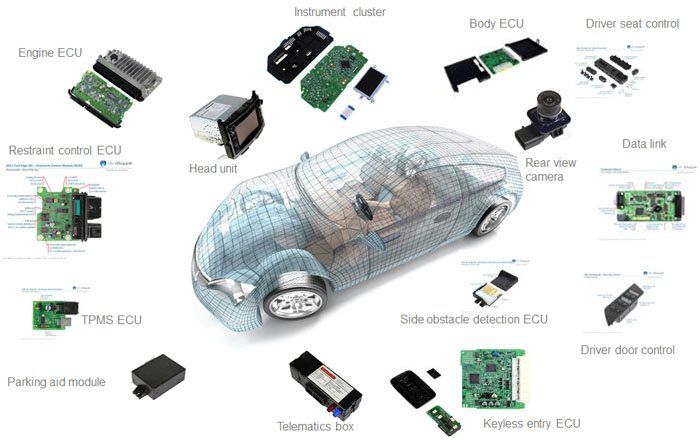Surface mount technology is a method of assembling electronic components onto a printed circuit board (PCB). Unlike traditional through-hole technology, where the leads of the component are inserted through holes in the PCB, SMT involves mounting the component directly onto the surface of the PCB. SMT offers advantages such as smaller size, higher manufacturing efficiency, and...
Blog
Explore the KKPCB Blog for the latest PCB manufacturing and assembly news, industry insights, expert tips, and technology trends, helping you stay informed and optimize your electronics projects.
Surface Mount Technology (SMT) board assembly is a critical and widely used process in modern PCB manufacturing. This process involves placing and soldering electronic components directly onto the surface of PCB pads. Alongside Plated Through-Hole (PTH) assembly, it is one of the two primary PCB assembly methods. SMT assembly is highly efficient and accurate, making it...
Electronic devices have transformed our lives, from smartphones to electric vehicles, all thanks to continuous innovation and advancements in technology. At the heart of these devices are printed circuit boards (PCBs) that are meticulously manufactured, assembled, and packaged to deliver the final products we rely on. This article explores the PCB Surface Mount Technology (SMT) assembly process,...
Printed circuit boards (PCBs) are at the heart of modern electronic devices, powering everything from smartphones to aerospace systems. The journey of PCB materials has evolved significantly since their inception in the early 20th century. This article explores the composition, types, and advancements of PCB materials, essential for understanding the foundation of today’s electronic innovations. Evolution...
Printed circuit board (PCB) assembly is at the heart of electronic components and gadgets. Designers typically choose between two primary techniques for mounting components on PCBs: SMT (Surface Mount Technology) and PTH (Plated Through Hole). Each method has distinct advantages and disadvantages, making the selection dependent on specific project requirements. What is SMT (Surface Mount Technology)? Surface Mount Technology...
When it comes to assembling Printed Circuit Boards (PCBs), there are two primary technologies: Surface Mount Technology (SMT) assembly and Through-Hole Technology (PTH) assembly. Understanding their differences, advantages, and disadvantages is crucial for selecting the best option for your PCB-based project. This guide by Viasion experts provides a comprehensive comparison to help you make an informed decision. What...
Ball Grid Array (BGA) technology has revolutionized the world of circuit board assembly, providing a reliable and efficient method for mounting components on printed circuit boards (PCBs). In this blog, we will explore the basics of BGA PCB assembly, discussing why it is so popular in modern electronics, the detailed process of mounting BGAs, and key considerations...
BGA assembly (Ball Grid Array Assembly) plays a vital role in chip design PCBs for placing BGA (Ball Grid Array) components. BGA assembly is used for complex PCBs. It uses a fine pitch assembly method to place BGA components on the components. BGA offers customers low assembly cost and excellent density. Basically, BGA assembly is one...
In the fast-paced world of technology, printed circuit boards (PCBs) quietly protect the functionality of electronic devices. In addition to connecting components, PCB assembly is also critical to protecting against potential threats. This blog explores why PCB assembly is critical to circuit board protection and highlights protective measures to ensure the reliability and longevity of electronic products. Join us...
Discover how China leads the autonomous driving revolution and boosts demand for high-frequency, high-speed automotive PCB and PCBA. KKPCB — your trusted EV PCB supplier.

